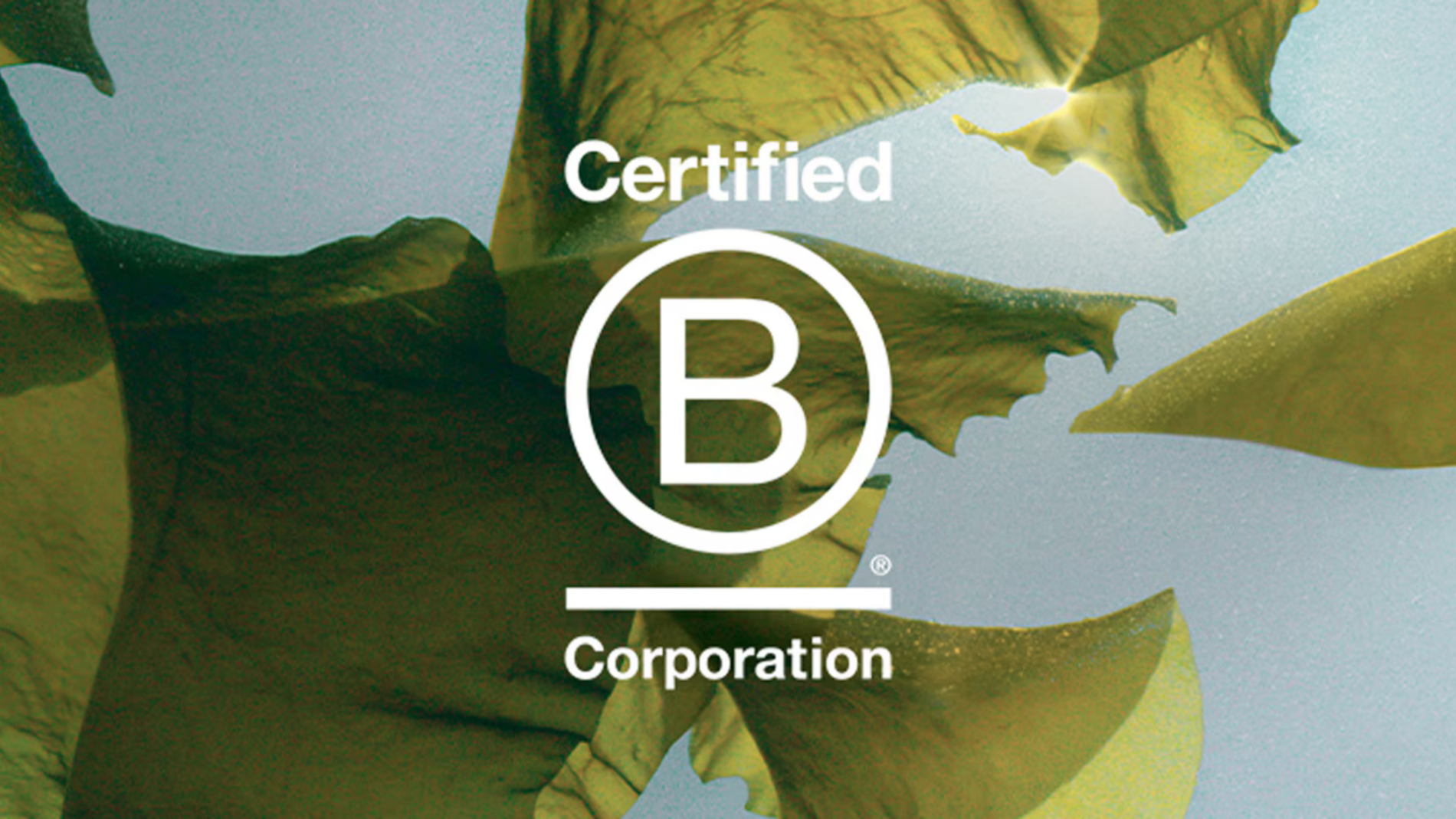Why You Need A Chief Impact Officer
Anthony Painter explains why the Chief Impact Officer needs a seat at the C-Suite table.
The Rise of Chief Impact Officers
Three years ago, the press office of the charity where I was working became very excited one afternoon. They had received a request for an interview with me from a national newspaper. Could it be some important profile for one of my favoured issues such as economic security, universal basic income, lifelong learning or institutional reform? Alas not. The point of interest was my job title: Chief Impact Officer. The reason? Prince Harry had just begun a new role in Silicon Valley with the same title.
I got the role and title at the charity because its new organisational strategy had a core goal: ‘impact’. It made sense to have someone in charge of that. Impact is about changing the behaviour of individuals to achieve good outcomes for society. As a charity, that is why we existed.
The journalist told me that he’d found me and one other person with the same job title. I answered his questions out of a sense of fun more than anything else. Yet, a crucial question remained. It was easy to see why a charity would want to devote its time to social impact. That, after all, is why charities exist. But why would a business such as BetterUp, which had just hired Prince Harry, want to do the same?

The Intersection of Business and Values
There is a traditional story of doing ‘good’ in business. It goes something like this. There are lots of internal and external stakeholders who are pressuring businesses and their brands to do good. Employees, especially younger generations, are more values-driven nowadays. If you want to recruit and retain the best talent, you not only need to say that you care, you need to show it.
Policymakers and regulators are increasingly imposing new demands that firms are transparent about their impacts beyond day-to-day financial performance. The EU has even passed a new law, the Corporate Social Responsibility Directive, requiring large companies to report on diversity, the environment, treatment of employees and so on. The vast majority of major companies across the globe will have a sustainability strategy. Some investors, notwithstanding a political backlash against environmental and social governance in the US, see correlations between doing the right thing and long-term performance.
Beyond Sustainability: Profit and Purpose Alignment
None of this necessitates a Chief Impact Officer per se. Much of the move to sustainability is driven by compliance. There is no shortage of Chief Sustainability Officers.
Impact lies one step beyond this nexus of sustainability. In this space sit businesses and brands that seek out opportunities where profit and purpose are aligned. By surging ahead in these markets, businesses can create demand for products and services that do good to the detriment of competitors who don’t. This is very different from the notion of profit as a purpose in itself. It accepts that there are sometimes trade-offs between performance and purpose and it doesn’t always choose short-term profits when these conflicts appear.
The Power of Narrative in Driving Impact
Brands require great storytellers. And so does impact. Changing behaviour is hard. Convincing people to recycle properly, to choose less polluting ways to travel or to pay more for a product that ensures the well-being of workers across its supply chain needs powerful stories of ‘why’. The storytelling skills of brand builders can become stories of positive impact and behaviour change. And this powerful force needs an ally in people who are focused on seeing authentic impact realised. And that could be a role similar to a Chief Impact Officer.

It is in companies where purpose and performance have to co-exist, sometimes in harmony, sometimes in conflict, where Chief Impact Officers might achieve the greatest impact. We have seen a surge in B Corporations, which exist to bridge profit and purpose, in the past few years. And many major global businesses have stepped into a similar space – Danone, H&M, Ikea, Patagonia and Unilever, amongst others – where they seek to achieve wider impact beyond compliance and financial outcomes.
This is what impact means. It is the natural evolution of sustainability, one where purpose and performance sit side by side, one driving and one navigating and occasionally each swapping seats with the other. We all want to leave the world in a better state than we found it. By focusing on impact, brands can be at the heart of positive social and environmental change within a dynamic global economy.
Since I took that call from the journalist three years ago, Chief Impact Officers have proliferated. It remains to be seen whether this is merely a rebrand for old roles such as Sustainability Director, or a new way of thinking about business purpose. But there is the potential for systemwide positive impact – which is when things will get really exciting.
Anthony Painter is Director of Policy and External Affairs at the Chartered Management Institute.
Continue reading
The Pursuit of Legacy & Social Impact
How Artificial Intelligence is Transforming the Luxury Sector

